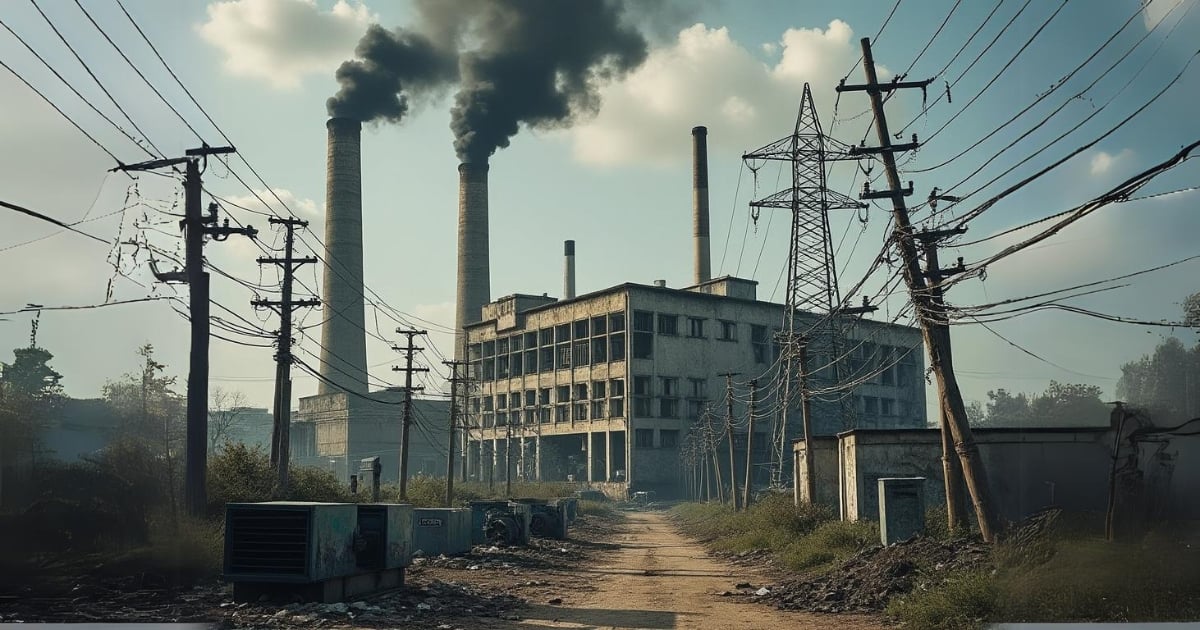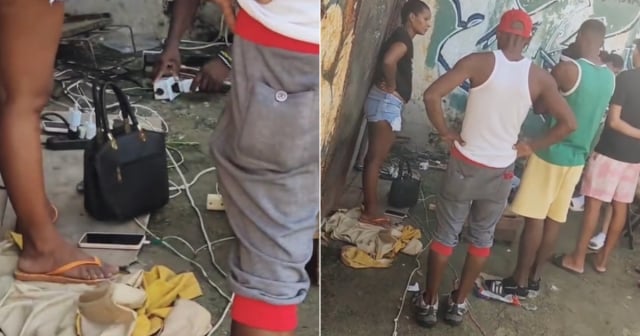
The energy crisis in Cuba has struck hard again. In mid-October 2024, the country experienced a series of massive blackouts that highlight the deep structural weakness of the National Electric System (SEN). This situation has severely affected the daily lives of Cubans, intensifying the feeling of total system collapse. We analyze the reasons for this new collapse and its direct link to the management of the communist regime on the island.
An electrical system on the brink of collapse
Electrical problems are not new in Cuba, but the widespread blackouts that began on October 18, 2024, reveal an aggravated emergency situation. It all started when the Antonio Guiteras Thermoelectric Plant went offline, causing a total blackout that left the entire island without power. This thermoelectric plant is one of the main sources of generation in the country, and its disconnection was the trigger for a domino effect that impacted the national energy infrastructure.
In the following days, the Electric Union of Cuba tried to resume supply using territorial "microsystems" and generators, but the efforts faced repeated failures. The fragility of the infrastructure and the lack of key resources have made recovery a precarious and ineffective process.
The lack of investment and maintenance: The root of the problem.
The causes of the current energy crisis stem from the prolonged lack of investment in the country's electrical system. For decades, Cuba's electrical infrastructure has operated without receiving proper maintenance and without significant upgrades. Although the government insists on pointing to external factors such as the U.S. embargo, the reality is that the problems arise from failed internal decisions and poor planning.
In particular, the diversion of resources to the tourism sector at the expense of investments in essential services, such as electricity, has left the country with an obsolete energy grid that is unable to meet the growing demand. Furthermore, the lack of a clear strategy to diversify energy generation, in the context of a climate crisis and rising consumption, has worsened the situation.
Blame the embargo, but the failed decisions come from the regime.
In an attempt to justify the collapse, Miguel Díaz-Canel again blamed the U.S. embargo, claiming that the lack of fuel and foreign currency to acquire parts and technology severely affects the country. However, these statements contrast with the reality of a regime that allocates enormous resources to decaying tourist infrastructures, while key sectors like electricity and healthcare remain in a critical state.
This stance of the regime ignores internal criticisms, even from experts like economist Pedro Monreal, who has described the situation as an "energy bankruptcy" caused by centralized policies and ineffective management of the system. Cuban thermoelectric plants are outdated and often operate at dangerously low efficiency levels, making them vulnerable to catastrophic failures like those in this October.
Social consequences and increasing criticism
The collapse of the SEN has left millions of Cubans in a desperate situation. The lack of electricity has lasted for days, provoking protests and open criticism on social media and in public life. In provinces like Santiago de Cuba and Guantánamo, residents have faced outages of more than 20 hours, severely affecting access to food, water, and essential medical services. As the situation worsens, criticism of the regime is increasing, and the patience of the population seems to be running out.
The reasons for the failures in the Cuban electrical system go beyond a simple technical fault. They are the result of decades of inefficient political decisions and erratic resource management. Despite the regime's repeated attempts to blame external factors, the crisis is a direct reflection of a governing model incapable of ensuring the most basic services to its population.
What do you think?
COMMENTFiled under:






